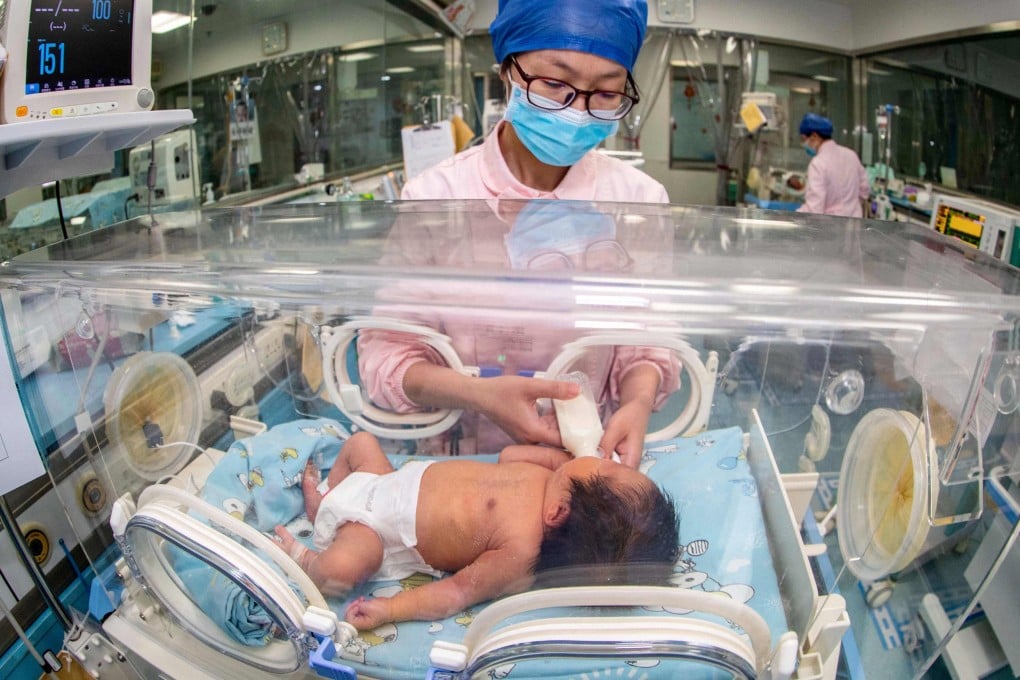Advertisement
China’s maternity services put on notice as the country faces an ‘obstetrics winter’
- A falling birth rate in China has seen at least 11 public hospitals suspend or cancel their delivery services since June 2023
- The National Health Commission has now demanded every county has at least one public institute offering childbirth services
Reading Time:3 minutes
Why you can trust SCMP
1

Professor Duan Tao began his career more than 30 years ago during a “golden era” for the field of obstetrics in China. But now he and his colleagues face an “obstetrics winter” as the country struggles with a falling birth rate.
It is something that has recently seen a spate of maternity ward closures, and has even reached the point of China’s National Health Commission (NHC) stepping in to ensure pregnant women are provided for.
Back when Duan first began working as an obstetrician, the number of births rose every year – as did the number of doctors – and their research was internationally recognised, he wrote on Weibo in February.
Advertisement
“But now, births have been decreasing every year, beds have been cut back, and more and more doctors have had to change profession. But what can they do?” he wrote, jokingly suggesting they become vets.
“Save obstetrics!” he pleaded on Weibo.
Advertisement
Duan, who is director of the maternity ward at Shanghai No 1 Maternity Hospital, sent out his recent plea during an online discussion of the “obstetrics winter” China is currently facing.
Advertisement
Select Voice
Choose your listening speed
Get through articles 2x faster
1.25x
250 WPM
Slow
Average
Fast
1.25x